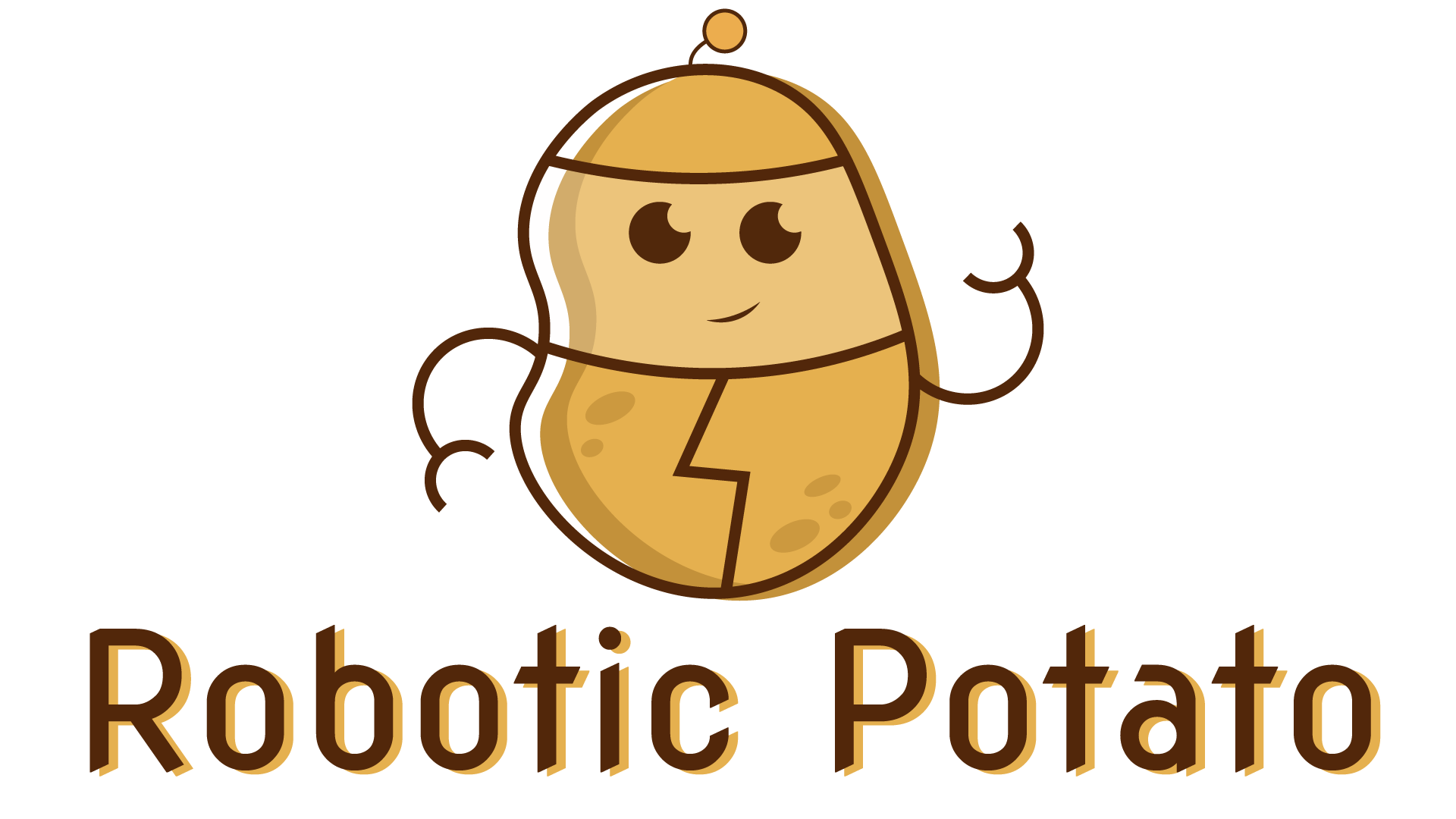The world of content writing has undergone a significant transformation with the advent of Artificial Intelligence (AI). AI for content writing has emerged as a game-changer, enabling creators to produce high-quality content efficiently and effectively. By leveraging AI-powered tools, writers can streamline their workflow, reduce costs, and increase productivity. But what exactly is AI for content writing? And how can it benefit your content creation process?

Can I Use AI for Content Writing?
I’ve been experimenting with AI tools for content writing, and I’m excited to share my findings.
- Benefits: AI writing tools can assist with repetitive tasks, provide a spark of inspiration, and give you the boost you need to begin writing or editing your text.
- Limitations: While AI can help with certain aspects of content creation, it’s essential to remember that human touch and creativity are still crucial for producing high-quality content.
Top 5 AI Tools for Content Writers
- Kontentai
- HubSpot
- Content Blossom
- WordLift
- Articoolo
How to Get Started with AI Content Writing
To get started with AI content writing, consider the following steps:
- Choose the Right Tool: Select an AI tool that aligns with your content needs and goals.
- Understand the Capabilities: Familiarize yourself with the tool’s features and limitations.
- Experiment and Refine: Test the tool, refine your approach, and adjust as needed.
Tips for Effective AI Content Writing
To maximize the effectiveness of AI content writing, keep the following tips in mind:
- Human Touch: Balance AI-generated content with human insight and creativity.
- Quality Control: Review and edit AI-generated content carefully to ensure accuracy and coherence.
- Contextual Understanding: Train AI models to understand your brand’s tone, style, and audience preferences.
Best AI for Content Writing
As a seasoned writer and tech enthusiast, I’ve had the opportunity to explore various AI writing tools, and I’m excited to share my findings with you.
- Jasper (formerly Jarvis): A sophisticated AI writing assistant that excels in comprehensive content creation, producing high-quality, original content.
- Language Tool: A grammar and spell checker that helps refine your writing, ensuring accuracy and consistency.
- WordLift: An AI-powered content optimization tool that enhances your writing with relevant keywords, synonyms, and suggestions.
- Content Blossom: A content generation platform that uses AI to create engaging, well-researched articles and blog posts.
- AI Writer: A simple yet effective AI writing tool that assists with content creation, proofreading, and editing.
When evaluating these options, consider factors such as ease of use, customization capabilities, and integration with your existing workflow.
Key Features to Look for in an AI Writing Tool
- Comprehensive content creation capabilities
- Grammar and spell checking
- Keyword suggestion and optimization
- Customization options for tone, style, and language
- Integration with popular writing platforms and tools
Why Choose Jasper?
Jasper stands out for its exceptional content creation abilities, making it an ideal choice for those seeking high-quality, original content.
With Jasper, you can:
- Create comprehensive articles and blog posts
- Develop engaging social media content
- Write compelling product descriptions and marketing materials
While other AI writing tools excel in specific areas, Jasper’s versatility and effectiveness make it a top contender for content writing tasks.
Conclusion
In conclusion, the best AI for content writing depends on your specific needs and preferences.
Whether you’re a seasoned writer or just starting out, exploring the features and benefits of various AI writing tools can help you find the perfect fit for your content creation goals.
Learn more about Jasper Discover Language Tool Explore WordLift Check out Content Blossom Visit AI Writer
Is There a Free AI That Writes Content?
I’ve been searching for a reliable and cost-effective solution to automate my content creation process, and I’m excited to share my findings with you.
- HubSpot offers a free AI writer that allows businesses to quickly generate copy for various channels and programs. Their AI-powered writing assistant is integrated into their marketing, sales, and content features, making it easy to create and edit copy within familiar tools.
- Language Tool is another option that provides a free AI-powered writing assistant. While it’s primarily focused on grammar and spell checking, it can also offer suggestions for improving sentence structure and style.
- WordLift is a WordPress plugin that uses AI to help with content creation. It offers features like auto-completion, suggestion, and even content generation based on user input.
- Content Blossom is a free AI content generator that can assist with creating high-quality content. It uses machine learning algorithms to analyze user input and generate relevant content.
When evaluating these options, consider factors like ease of use, customization capabilities, and integration with existing workflows. Some may require technical expertise or have limitations in terms of content scope, so it’s essential to weigh the pros and cons before selecting the best fit for your needs.
As a content creator, I appreciate the potential benefits of leveraging AI-assisted writing tools. By automating routine tasks and focusing on high-level creative decisions, I can streamline my workflow and produce better content faster.
While these free AI writing tools show promise, it’s crucial to remember that human touch and editing are still essential for producing high-quality content. AI can augment our abilities, but it shouldn’t replace the nuance and creativity that humans bring to the table.
In conclusion, there are several free AI writing tools available, each with its strengths and weaknesses. By exploring these options and considering your specific needs, you can find the perfect solution to boost your content creation process.

Is ChatGPT the Best AI for Writing?
ChatGPT is a popular AI writing tool known for its ability to generate realistic and engaging text, making it a strong contender for the title of best AI for writing.
- Strengths:
- Generates high-quality, human-like text
- Capable of understanding and responding to complex prompts
- Can be integrated into various workflows and platforms
- Weaknesses:
- Limited knowledge cutoff, which may impact accuracy and relevance
- May struggle with nuanced or abstract topics
- Requires careful training and fine-tuning for optimal performance
Competitors to Consider
While ChatGPT is an excellent choice for many writers, there are other AI writing tools worth exploring, including:
- Google Bard : A conversational AI that generates human-like text and offers features like summarization and translation
- LangChain : An open-source platform for building custom AI models and workflows
- Jasper : A content generation tool that uses AI to assist with writing tasks
Evaluating the Best AI for Writing
The best AI for writing ultimately depends on your specific needs and preferences. Consider factors like:
- Your writing goals and objectives
- The type of content you’re creating (e.g., articles, social media posts, product descriptions)
- Your level of technical expertise and comfort with AI tools
Conclusion
ChatGPT is a powerful AI writing tool with many strengths, but it’s essential to consider your unique needs and explore alternative options before making a decision.
Choosing Between Gemini and ChatGPT for Writing
When it comes to selecting the ideal AI chatbot for writing tasks, two popular options come to mind: Gemini and ChatGPT.
- Text-based Tasks: ChatGPT excels in handling text-based tasks and research, making it a suitable choice for those who require in-depth analysis and well-researched content.
- Creative Tasks: On the other hand, Gemini shines in creative tasks and image generation, allowing users to tap into its innovative capabilities and produce unique visual content.
In addition to these strengths, it’s worth noting that both chatbots have their own set of features and functionalities that cater to different needs and preferences.
- Content Generation: Both Gemini and ChatGPT can generate high-quality content, but ChatGPT tends to produce more coherent and engaging articles.
- Image Generation: As mentioned earlier, Gemini excels in image generation, producing realistic and visually appealing images that can elevate any content piece.
- Conversational Flow: ChatGPT has a more conversational tone, making it easier to engage with users and respond to their queries in a more human-like manner.
Ultimately, the choice between Gemini and ChatGPT depends on your specific writing needs and goals. If you’re looking for a reliable partner for text-based tasks and research, ChatGPT might be the better option. However, if you need assistance with creative tasks and image generation, Gemini could be the way to go.
As a writer, it’s essential to understand the strengths and weaknesses of each chatbot to make informed decisions and maximize your output. By leveraging the unique features of Gemini and ChatGPT, you can unlock new possibilities and take your writing to the next level.
Key Considerations for Choosing Between Gemini and ChatGPT
- Task Type: Determine whether you need assistance with text-based tasks, creative tasks, or image generation to choose the most suitable chatbot.
- Content Quality: Evaluate the quality of content generated by each chatbot to ensure it meets your standards.
- Conversational Tone: Assess the conversational tone of each chatbot to determine which one aligns better with your writing style.
Conclusion is Not Required

Which Free AI is Better Than ChatGPT?
We’ve reviewed several alternatives to ChatGPT, and we’re excited to share our findings with you.
- Llama by Meta: Llama is an AI model developed by Meta, the company behind Facebook and Instagram. It’s known for its ability to understand and respond to complex questions and conversations.
- Google Bard : Google Bard is a conversational AI developed by Google. It’s designed to assist with tasks such as writing, proofreading, and language translation.
- Copilot X by Microsoft: Copilot X is an AI-powered tool that helps with coding, writing, and other creative tasks. It uses machine learning algorithms to suggest ideas and complete tasks.
- IBM Watson Assistant : IBM Watson Assistant is a cloud-based AI platform that enables developers to build conversational interfaces for various applications.
- Rasa : Rasa is an open-source conversational AI framework that allows developers to build contextual chatbots and voice assistants.
Each of these alternatives has its strengths and weaknesses, and the “best” one ultimately depends on your specific needs and preferences.
Key Features to Consider:
- Language Understanding : How well does the AI understand the nuances of human language?
- Response Quality : How accurate and helpful are the AI’s responses?
- Integration Capabilities : Can the AI integrate with other tools and platforms?
- Customization Options : Can you tailor the AI to fit your specific needs and workflows?
Conclusion:
In conclusion, there are many excellent alternatives to ChatGPT available, each with its unique features and benefits. By considering factors such as language understanding, response quality, integration capabilities, and customization options, you can choose the best AI for your needs and preferences.

0 Comments